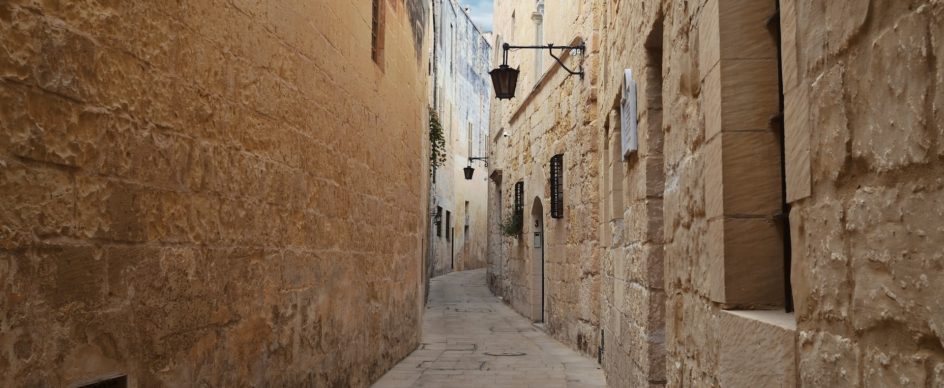
The Intriguing History of Malta’s Arab Roots
- Dec 3, 2022
...dates back to the 9th century!
Malta has a rich and diverse history, with influences from various nations, cultures and civilisations. One of the most significant of these influences is that of the Arab world. Undoubtedly, Malta’s proximity to North Africa and the Middle East means the Arab influence permeates Maltese culture even to this day. Interested in learning more about Malta’s Arab roots? Keep reading.
A historical overview of Malta’s Arab roots
The Arab presence in Malta dates back to the 9th century, and has had a lasting impact on the island’s culture and heritage. The first Arab settlers in Malta were the Aghlabids, a Muslim dynasty from present-day Tunisia. They conquered the island in 870 and established a base there, bringing with them their language, religion, and culture. The Aghlabids ruled Malta for over a century. During this time, they built many impressive structures, including palaces, mosques, and fortifications.
The Arab presence in Malta did not end with the Aghlabids. Over the following centuries, the island was conquered and ruled by different Arab dynasties, including the Fatimids, the Kalbids, and the Hafsids. Each of these dynasties contributed to the development and growth of Malta, and left their own unique mark on the island’s culture.
The lasting impact of the Arab dynasties
Today, there are numerous reminders of Malta’s Arabic roots scattered throughout the island. One of the most obvious is the names of villages and towns, many of which have Arabic origins. For example, Mdina (formerly known as Medina) gets its name from the Arabic word for city, while the village of Qrendi (formerly known as Qrendis) derives from the Arabic word for grapevine.
There are also many Maltese surnames with Arabic origins. Some of the most common ones include Said, Farrugia, and Attard, all of which can be traced back to Arabic roots. Most importantly, Malta’s own language has Arabic and Semitic origins. Despite these influences, however, the Maltese language remains primarily Semitic in nature and shares a number of characteristics with other Semitic languages such as Arabic and Hebrew.
Maltese is a direct descendant of the Arabic language, which can be traced back to the Arab conquerors of the 9th century. Over the centuries, the Maltese language has evolved and absorbed many other influences, including Italian, Sicilian, and English.
Words such as “qamar” (moon), “qaws” (rainbow), “habib” (friend) and “kelb” (dog) are direct descendants of Arabic equivalents.
Beyond language
But the influence of the Arab world in Malta extends beyond just names and words. The island is home to many fascinating cultural and architectural treasures that are a testament to its rich history and close ties with the Arab world.
One of the most notable examples of Arab architecture in Malta is the Mdina Cathedral. This impressive cathedral was built on the site of an old Arab mosque, and its unique blend of Gothic and Arab styles reflects the island’s rich history. The Grandmaster’s Palace in Valletta is another excellent example of Arab architecture in Malta. This famous palace was built on the site of an old Arab palace, and its ornate decoration and design show the influence of Arab culture.
Other notable examples of Arab architecture in Malta include the Fortifications of Mdina, the Manwel Attard House in Mdina, and the St. Paul’s Cathedral in Mdina. All these structures are a testament to Malta’s Arab roots and the lasting impact of the Arab world on the island’s culture and heritage.
Modern day Malta and the Arab world
So what does all this mean for Malta today? The Arab presence in Malta has had a profound impact on the island’s culture, and it is still evident in many aspects of Maltese life.
In addition, Malta’s ties to the Arab world remain as strong as ever, with the island nation maintaining close political, economic, and cultural relations with a number of Arab countries. From tourism and trade to cultural exchange, Malta employs its history to create a connecting bridge between the Arab world and Europe and create a deeper understanding between these two cultural paradigms.




